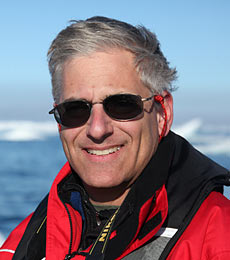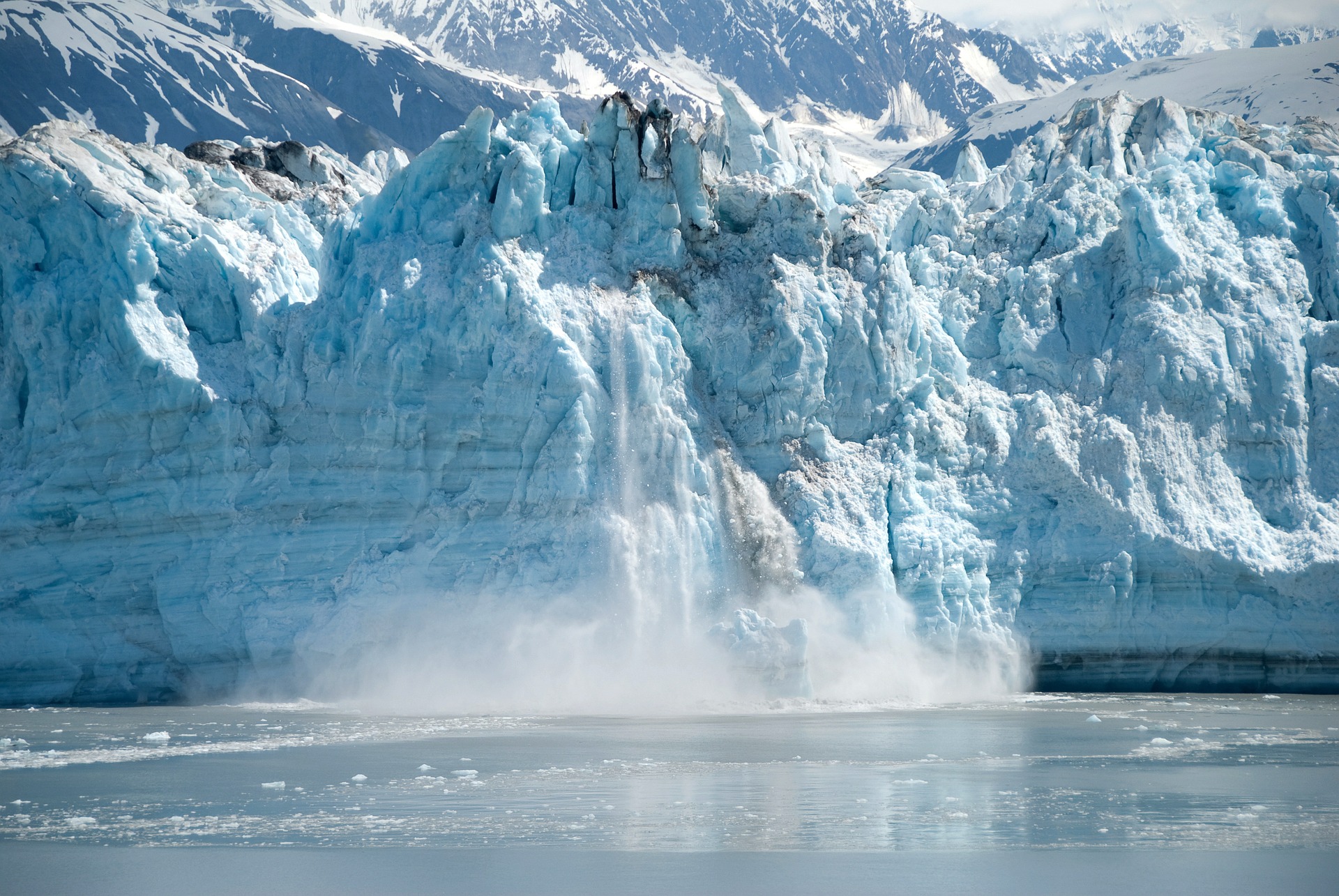Parvati Magazine interviewed Eric Solomon with the Vancouver Aquarium Marine Science Centre about his work to protect the Arctic ecosystem.
Parvati Magazine: Can you please describe your work in the Arctic? What in particular drew you to this?
Eric Solomon: My work in the Arctic has three main goals: building greater public awareness and understanding about the Arctic and Arctic issues, effecting scientific research, and building partnership programs with Arctic communities that advance the first two in ways that are relevant and meaningful to Northern communities. I have had a great respect for Canada’s Arctic communities and affinity towards the Arctic since my first visit to the North in 2010.
PMAG: Can you speak about the impact of climate change in the Arctic on the local peoples?
ES: One of the most direct and visible changes is in the sea ice—the amount, thickness and quality of the ice has been steadily declining. This has real impacts on the people living in the Arctic because sea ice is the Arctic highway; it’s how people get from one place to another to do their hunting or to visit other communities. The sea ice has become less predictable and more dangerous, and that makes it harder, more costly and more dangerous for people to travel. The melting permafrost is also affecting communities, wreaking havoc on infrastructure, for example. Other impacts are less obvious but just as real. For example, as the surface waters in the Arctic become less salty, hunted animals have a tendency to sink rather than float at the surface. This makes it harder for hunters to retrieve their catches. Finally, less sea ice and more storms means greater impact of large waves and wind on the coastline. Many of these communities are built right near the water’s edge on low-lying ground and the coastlines are eroding very quickly—much quicker than they ever used to before.
PMAG: Do you think there are unique challenges with respect to the climate situation in the Arctic?
ES: There are only about 150 years of science focused on the Arctic. There are thousands of years of traditional knowledge about the Arctic, but things are changing rapidly and even local traditional knowledge can’t predict all the impacts of these changes. Conducting research in the Arctic—whether focused on traditional knowledge or science–is expensive and logistically difficult. As a result, there is still a lot we don’t understand about the ecological systems and the drivers and impacts of change in the Arctic. It’s a race to understand these factors—one we’re having a hard time winning as the pace of change continues to quicken.
PMAG: What local innovations or solutions have you seen to mitigate these changes?
ES: Several Arctic communities have begun to realize that they need to take action themselves and not wait for governments to step in. One example is a program called SmartICE Pond Inlet. Local community members place sensors out on the ice and regularly measure, monitor and map the local sea ice conditions so people in the community can understand the day-to-day sea ice conditions, where it’s safe and where it’s not. The data also goes to the Canadian Ice Service and Memorial University to help develop predictive models of sea ice conditions at the local scale.
PMAG: What are you currently focusing on and upcoming projects in your research and field work?
ES: Through our program Ikaarvik: Barriers to Bridges, we have worked with youth in four Nunavut communities to identify environmental issues that are priorities for these communities to address with a combination of science and traditional knowledge. We’re now working with them to develop research projects that can help to address these issues. Other issues we’re working on include impacts of increased shipping in the Arctic. In the end, it’s about solving some real issues while working with youth to be the bridge between science and their communities.
The Aquarium also conducts research on beluga communication and potential impacts of increasing ship noise on this important species. We participate in narwhal tagging to better understand where they go when, and we partner on several other research projects in the North and at the Aquarium.

After nearly five years as the Aquarium’s Vice President of Conservation, Research and Education, Eric’s focus is now on development and implementation of integrated approaches to advancing the Aquarium’s mission and strategic priorities. One significant priority for the Vancouver Aquarium is creating greater public awareness of, and engagement in, the important issues facing Canada’s north.











